What is Experimenting with Extreme Environments?
As IoT solutions continue to be deployed around the world, more and more electronic devices are exposed to harsh and extreme environments. To learn more about what is involved in protecting electronics in these types of environments, the element14 Community, in collaboration with Hammond Manufacturing, launched a hands-on engineering challenge, Experimenting with Extreme Environments. In this challenge, participants received a kit of electronic parts, including an IP68-rated enclosure. They were challenged to to build an electronic system of their choice and house it in the Hammond enclosure. Then, they were tasked to devise experiments to test the enclosure under various environmental conditions.
The element14 Community would like to thank our sponsor, Hammond Manufacturing, for providing the experimenting kits for this challenge.
Grand Prize: javagoza
UrbanRest Guardian
For my participation in Experimenting with Extreme Environments, I developed and built the UrbanRest Guardian, which monitors nighttime noise in the streets that prevents citizens from resting properly. Monitoring street noise poses several challenges, with the primary one being the harsh environment where the monitoring device must operate. Additionally, there's the task of accurately identifying the sources of noise while also respecting the privacy of pedestrians. The UrbanRest Guardian project aims to serve as a monitoring aid tool for authorities to regulate noisy nighttime activities in the city, such as nightclubs, garbage collection, and nighttime street work and construction, which can affect citizens' rest. The ultimate goal of this project was to have a network of night rest guardians strategically distributed throughout the city. These guardians would monitor nighttime noises through on-the-edge classification, have the task of providing real-time information about the noise sources that disturb citizens' sleep. Check Out the Experiments
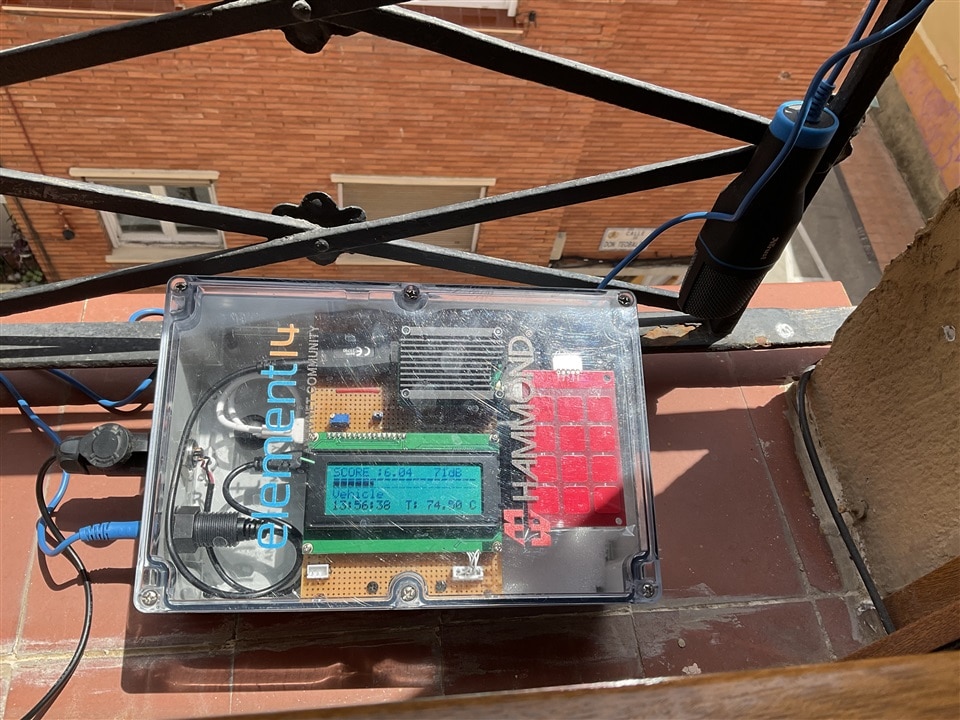 |
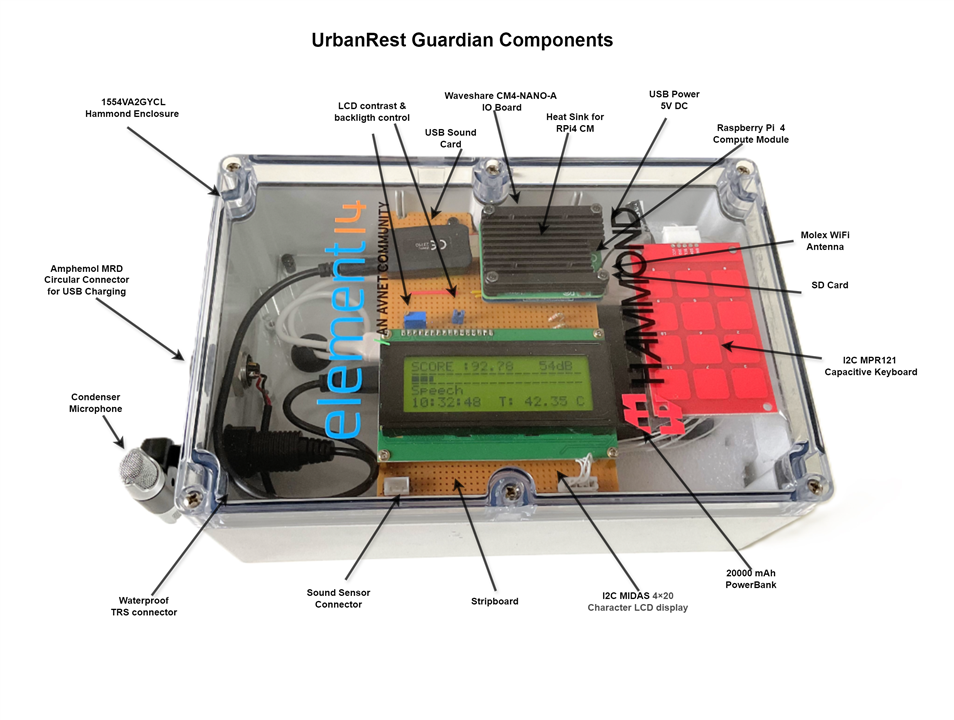 |
|
Runner Up: dougw
IOTEEPIE (IoT Pi Extreme)
This project is about electronic enclosures that need to handle extreme environments. Ottawa, where I live has fairly extreme climate variations. The temperature can vary between -38C and +38C. It can have every kind of precipitation, including rain, snow and hail. The snowfall can be as high as 4.6m in one winter and the rainfall can be as deep as 1.2m in one summer. And it occasionally can have tornadoes. It can even have minor earthquakes. So I don’t have to go any further than my backyard to find extreme weather. Despite the urban locale and the extreme weather, there are quite a variety of wild animals running around my neighborhood, including raccoons, rabbits, squirrels, chipmunks, skunks, mice, birds and cats and of course insects. This will be a great application for the Hammond enclosure that is part of the challenge kit since it has a clear lid, allowing full protection of a camera and associated electronics while still permitting the camera to see the yard. Also, since it is a plastic enclosure, the camera can use a radio to transmit its output to the internet without needing a weatherproof antenna. My project idea was to create a multi-camera system to monitor my backyard for signs of animals. I was excited to apply for this Experimenting with Extreme Environments design challenge. It allowed me to explore interesting technology that I have had on my list of things to do for some time. There is a lot to learn about our environment right in our own backyards. I wanted to employ some technology to help learn more about my local environment. Check out the Experiments
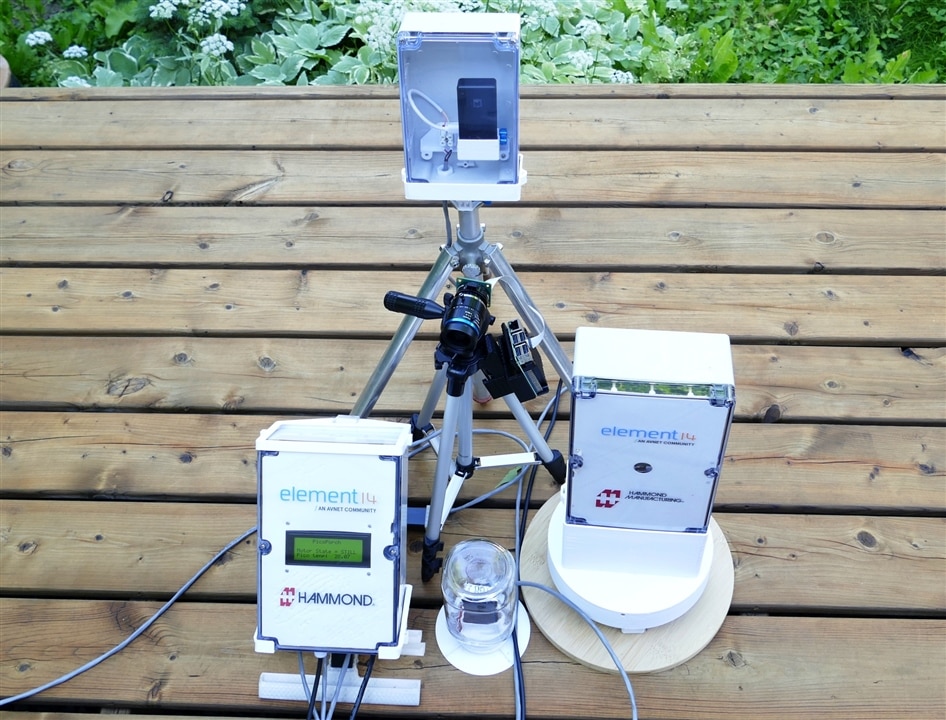 |
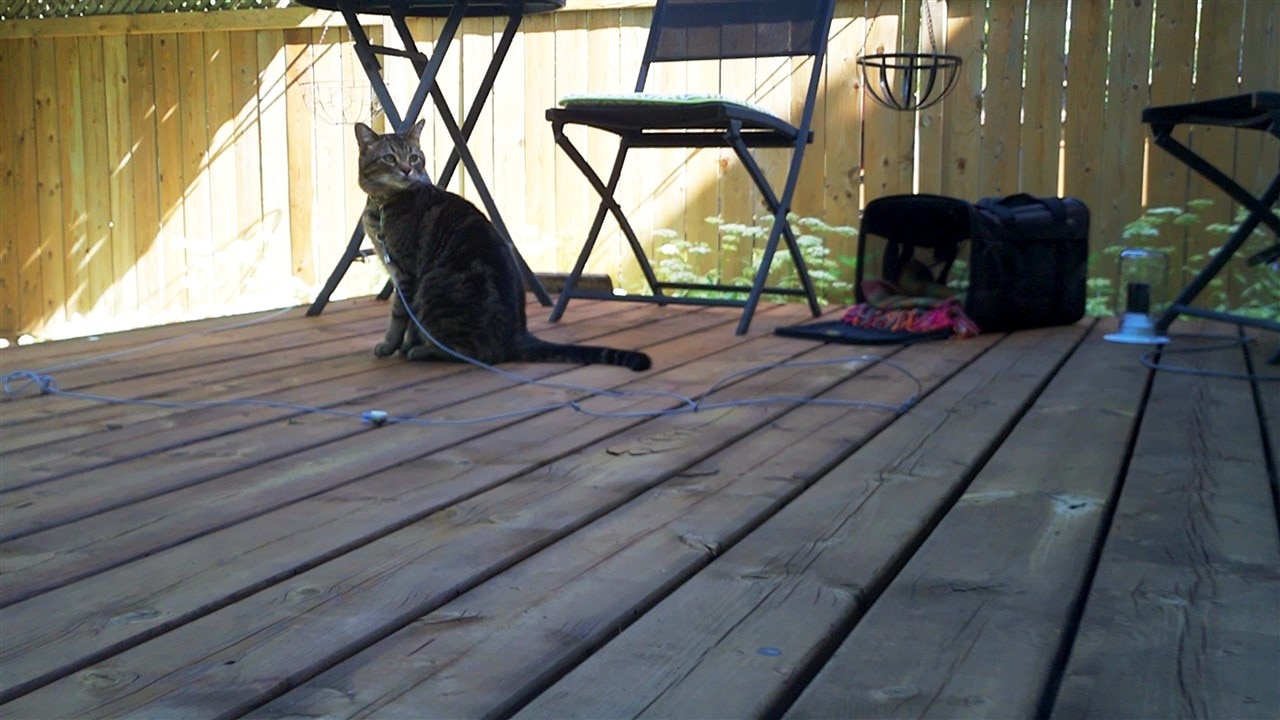 |
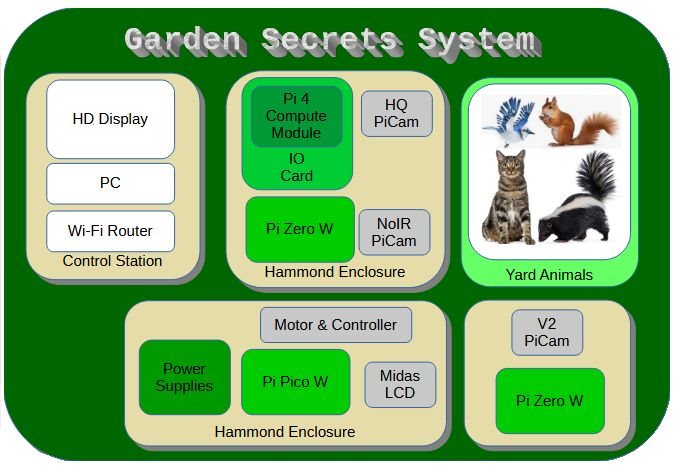 |
3rd Prize: ralphjy
Solar Powered Wildlife Monitor
For Christmas last year I received a 115W bifacial solar panel. I had mentioned to my family that I wanted to build a portable DC solar module that could be used in emergencies. I then bought a charge controller and sealed AGM battery, but haven't gotten around to integrating the parts. The Experimenting with Extreme Environments Challenge presented a good opportunity to do that. For this challenge, I am going to build a solar powered wildlife monitor that I can run standalone 24/7 outdoors. The weather outdoors in the Pacific Northwest is somewhat unpredictable and can be extremely challenging for outdoor projects, especially in this era of climate change. Just this winter we had a severe ice storm that felled many old growth trees (some 40-50 feet tall) which caused extended power outages in my area and killed a neighbor about a half mile away when a tree fell through the roof of his 2nd floor bedroom where he was sleeping. And just next door, 3 of one neighbor's trees fell into another's yard, but luckily the 2 that hit the house did not break through the roof. It was just the perfect storm of several weeks of constant rain followed by the ice storm which uprooted trees because of the weight of the ice and the strong winds. Check out the Experiments
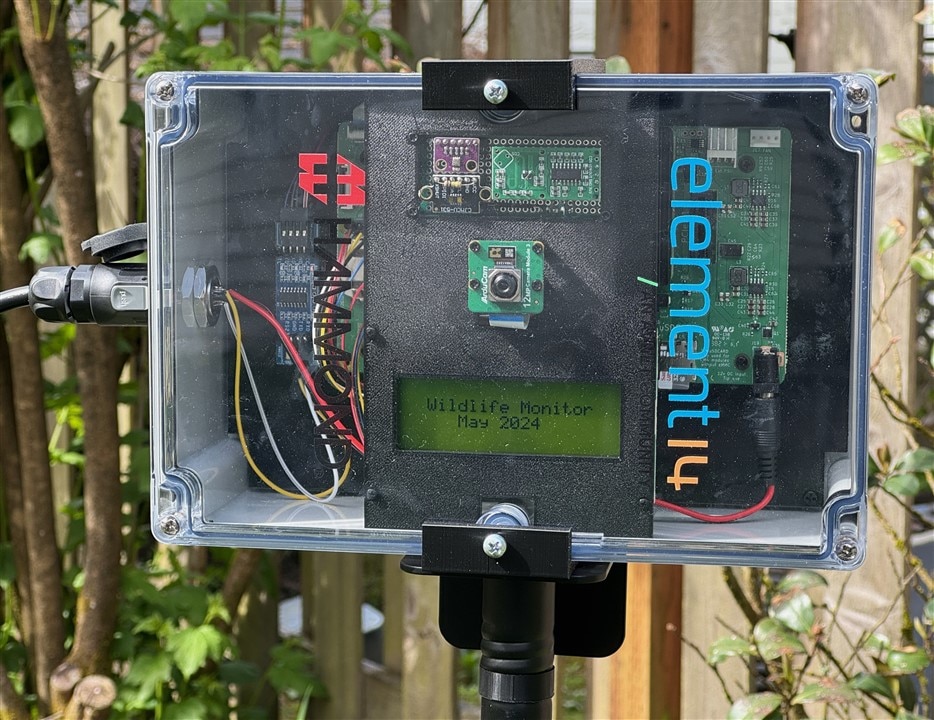 |
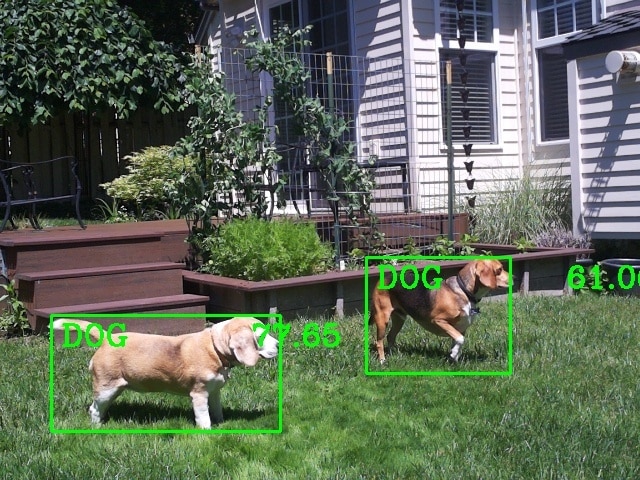 |
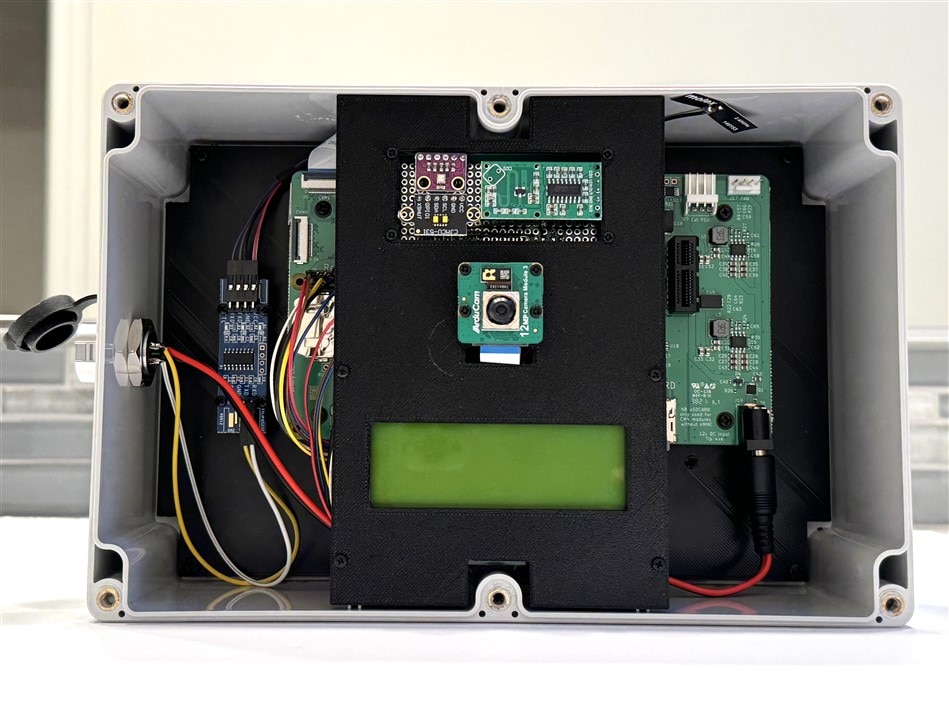 |

4th Prize: JWx
Exploring hidden extremes of sheltered environment
My project in "Experimenting with Extreme Environments" is planned as an continuation of work I have done in "Experimenting with Waterproof Connectors", which - while giving some interesting results, have left questions unanswered and some topics omitted. Taking advantage of the fact that Experimenting With Extreme Environments is using the same enclosure as in previous contest, I have decided to do some additional research that would increase my experience with outdoor equipment usage. The whole setup was then installed on the roofed balcony during the spring in Central European climate - which shouldn't be demanding for water immersion rated enclosure. During this year's Experimenting with Extreme Environments design challenge I have decided to continue my work of identifying edge cases of environmental origin when deploying electronic systems outdoors. And - as of outdoors - I am not even thinking about some desert area with extreme daily temperature changes or seaside with salty mist and occasional submersion during storms. My "outdoors" is (save one test case, when I have decided to check the impact of very low temperatures on the LCD display operation) a roofed balcony in the Central European city during spring months (with some historic data from the late autumn as a reference). Check out the Experiments
 |
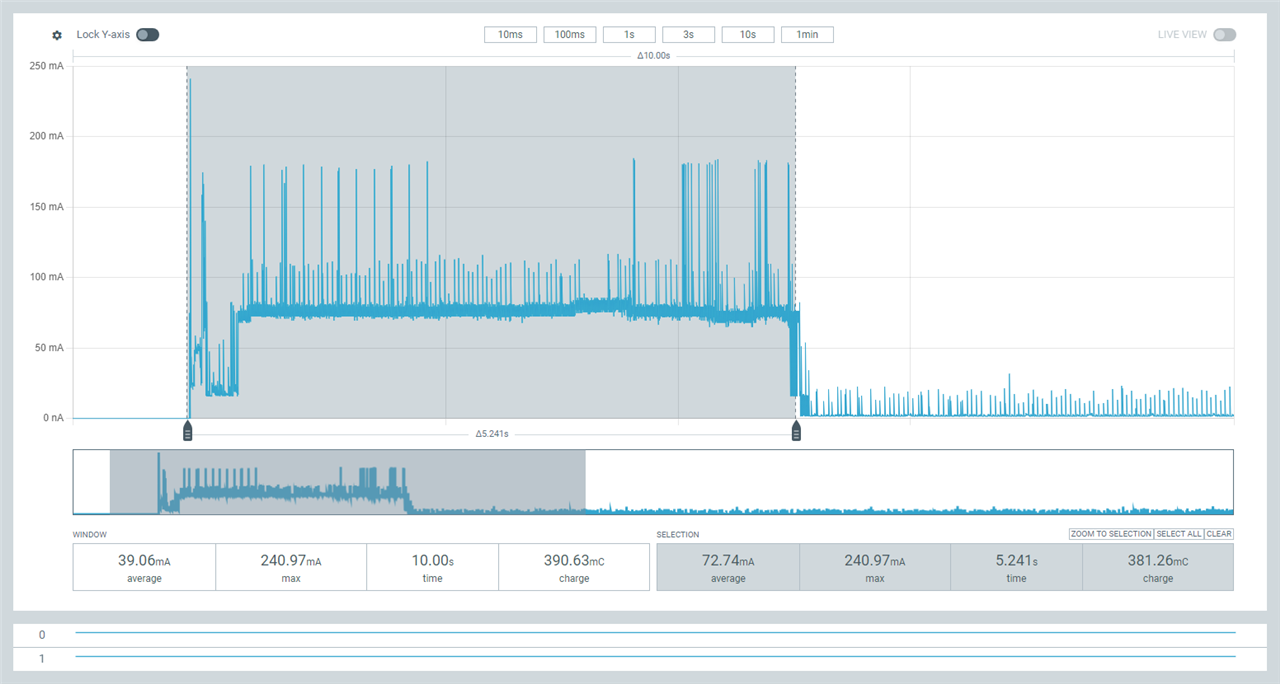 |

I'd like to thank all the element14 members who participated in this challenge:
- Anthocyanina - Weathering the Station
- fyaocn - Extreme Environment Home Assistance Sensors
- iker46 - Pool temperature sensor
- MarioDL99 - Extreme Environment Wardriving and Wireless Network Analysis
- skruglewicz - IoT Device Protection in Harsh Environments
- vlasov01 - CycleSafe
Here are some more images:
 |
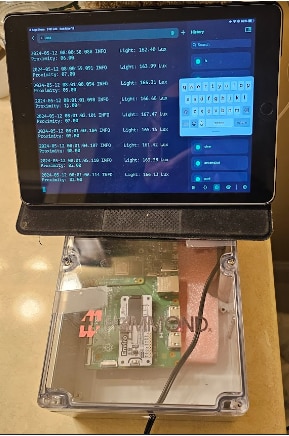 |
 |
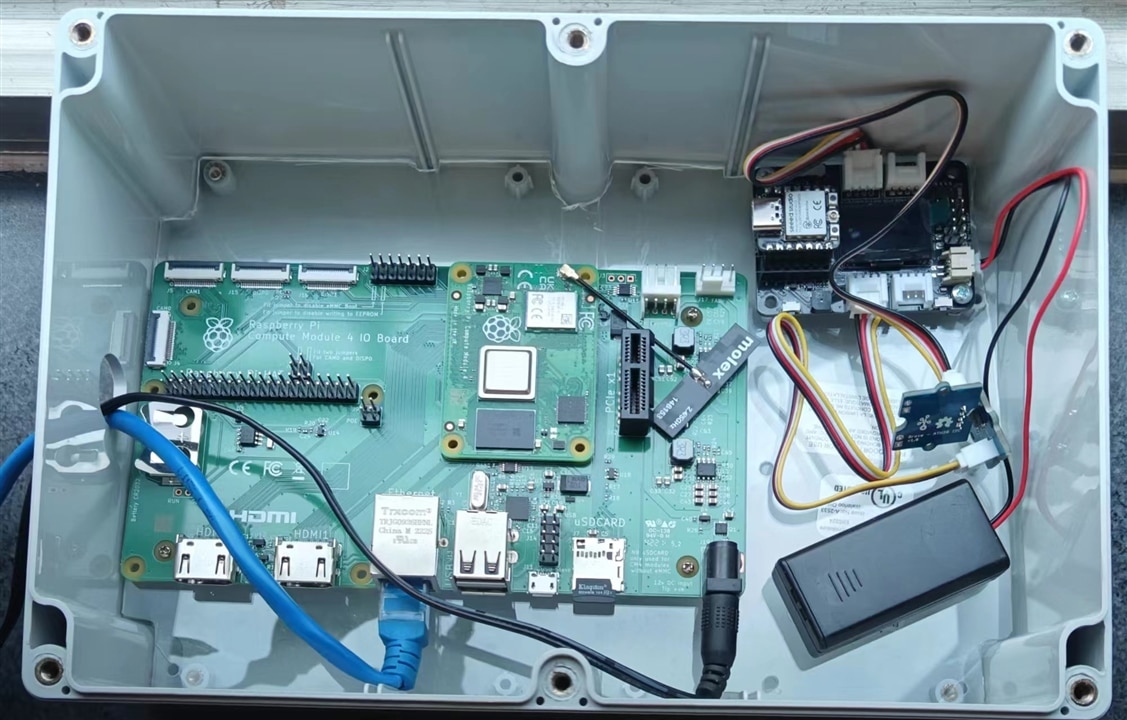 |
 |
 |
Last Word: A Big Thank You to Our Judges!
I'd like to thank Top Members Don Bertke and Shabaz for judging the Experimenting with Extreme Environments Challenge! Their input on the projects was invaluable to our final decisions.


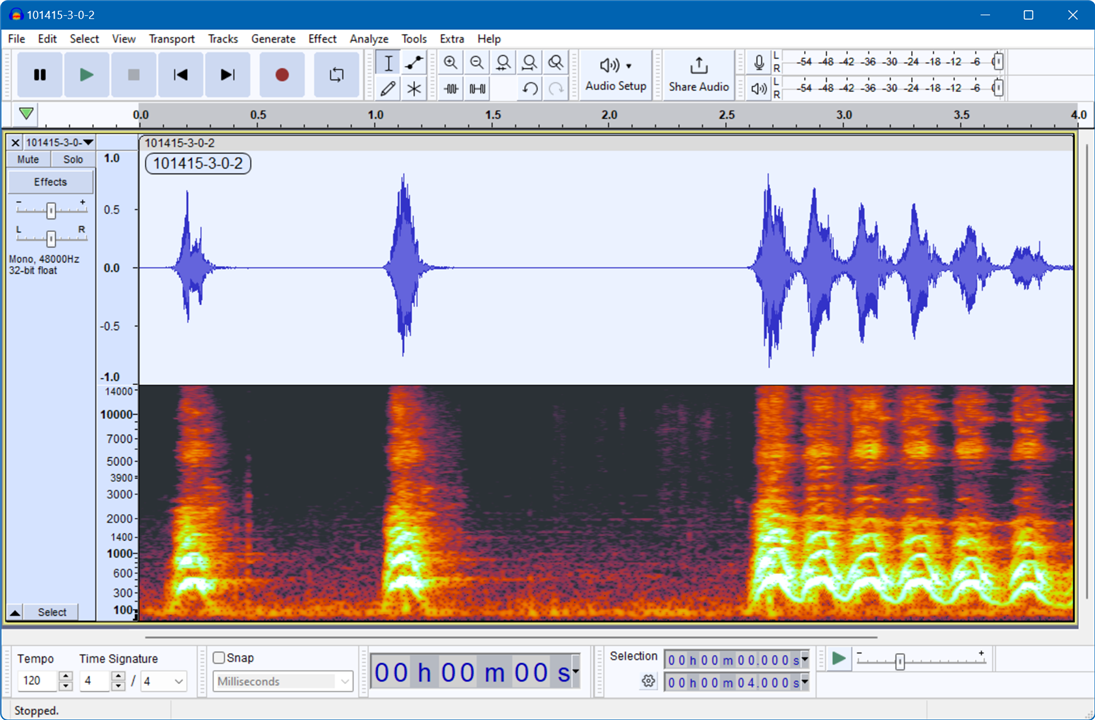
Top Comments
-

aswinvenu
-
Cancel
-
Vote Up
0
Vote Down
-
-
Sign in to reply
-
More
-
Cancel
Comment-

aswinvenu
-
Cancel
-
Vote Up
0
Vote Down
-
-
Sign in to reply
-
More
-
Cancel
Children